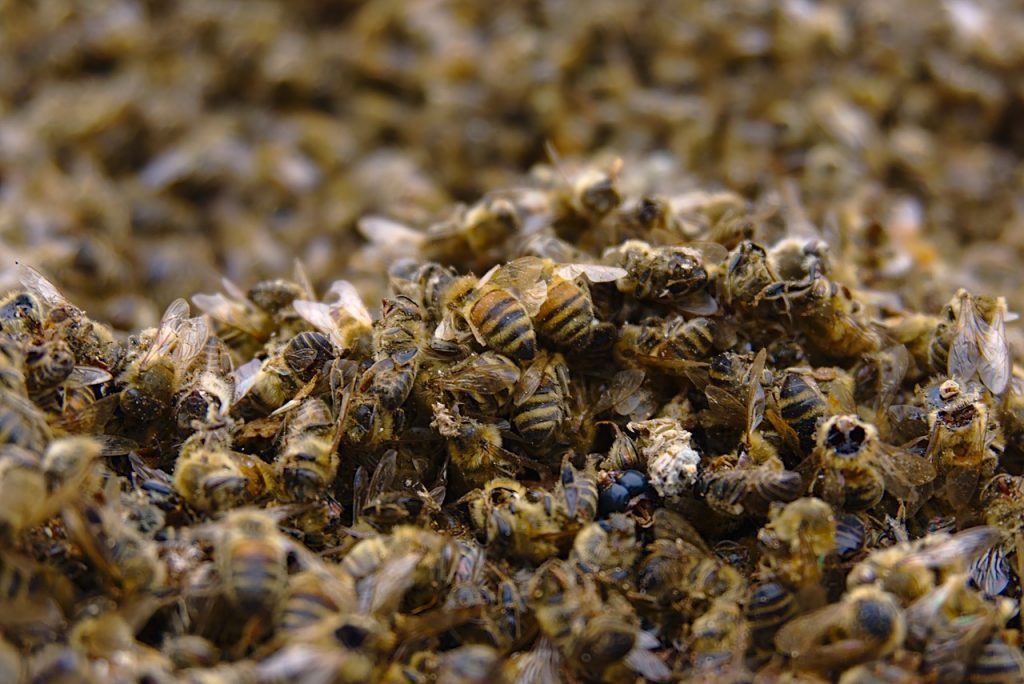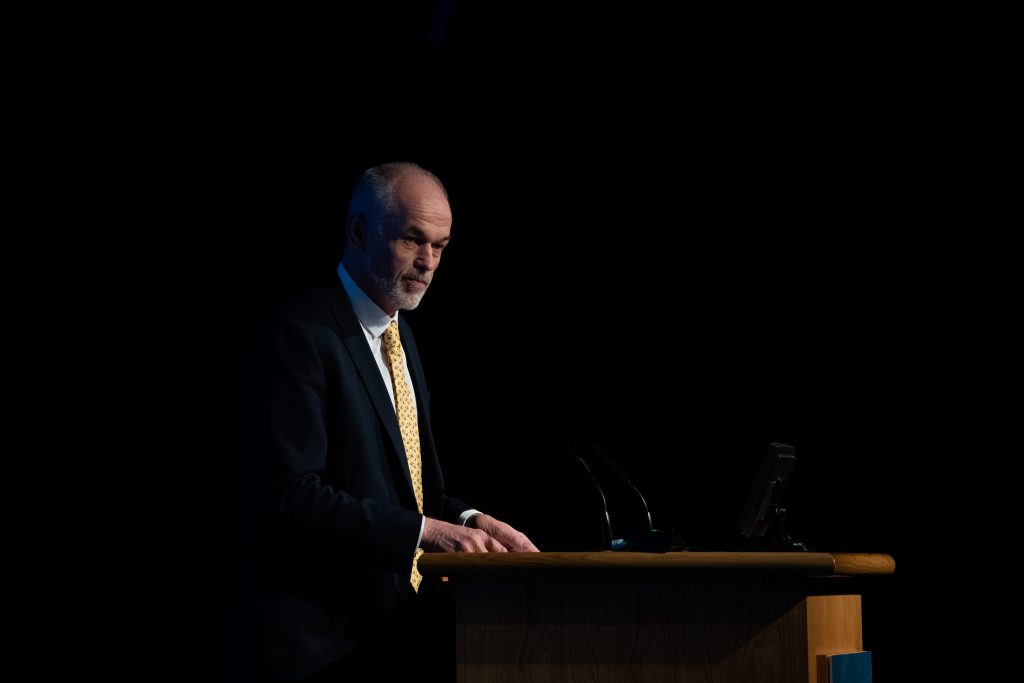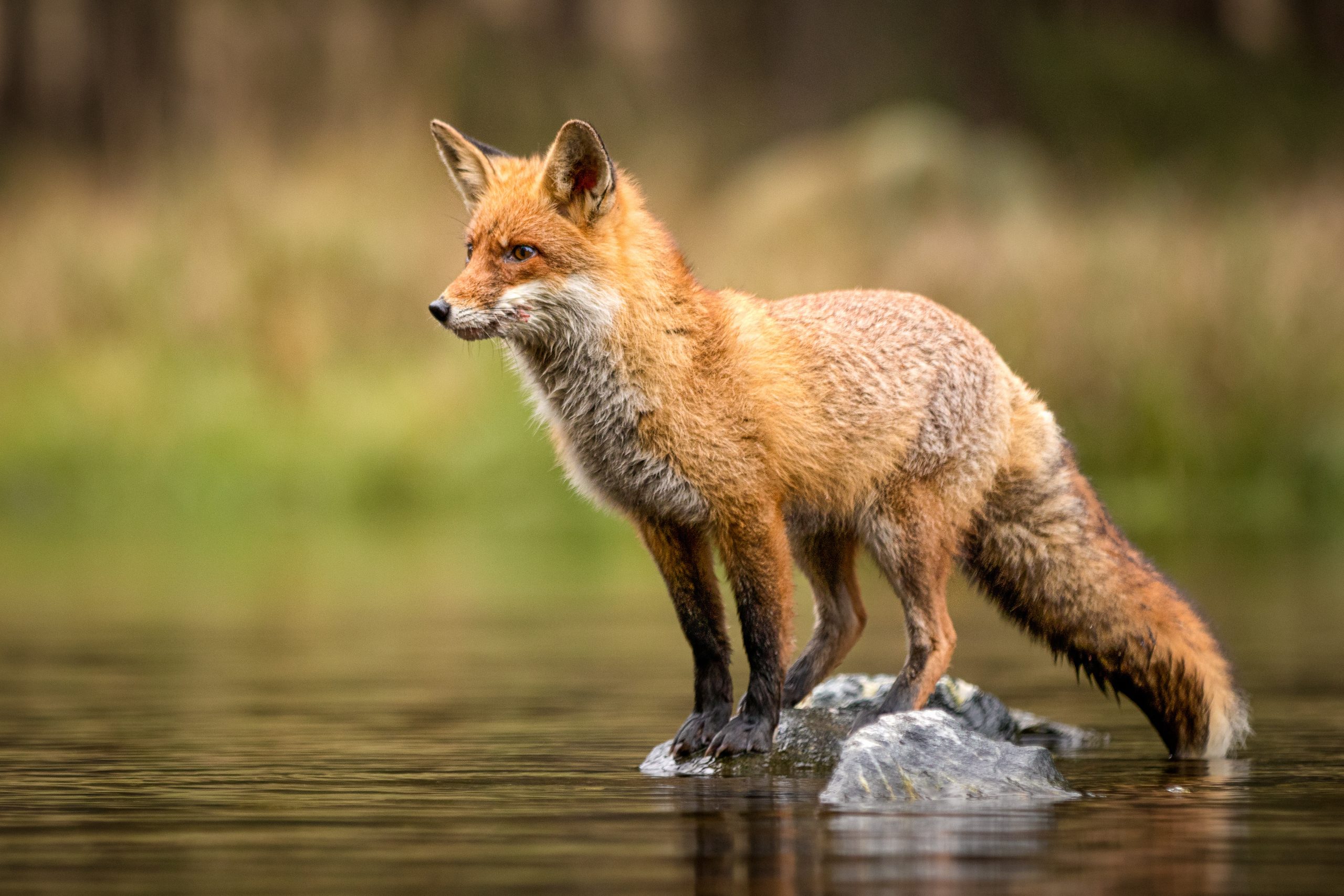World witnessing ‘unprecedented’ rate of species extinction

May 6th, 2019
A new landmark global assessment has found that one million animal and plant species are now threatened with extinction and declining at rates unprecedented in human history.
The stark finding is outlined in a lengthy assessment that looks at biodiversity changes over the past 50 years released this morning by the Intergovernmental Science-Policy Platform on Biodiversity and Ecosystem Services (IPBES).
IPBES is an independent intergovernmental body set up to provide policymakers with objective scientific assessments about the state of knowledge regarding the planet’s biodiversity.
The assessment – prepared by 145 experts from 50 countries and drawing on nearly 15,000 references – warns that the accelerating rate of species extinction presents “grave impacts” for people across the world.
According to the report, more than 40 per cent of amphibian species, over 30 per cent of reef-forming corals and over a third of all marine mammals are under threat.
The report conservatively estimates that 10 per cent of insect species are threatened, with at least 680 vertebrate species driven to extinction since the 16th century.
The assessment finds that 75 per cent of the land-based environment and two-thirds of the marine environment have been significantly altered by human action, with lesser or minimal impacts in areas held or managed by indigenous peoples and local communities.
There has been limited progress to hit the majority of the 20 Aichi Biodiversity Targets, the report adds, with progress towards 80 per cent of targets under the Sustainable Development Goals also seriously undermined.
 NiklasPntk from Pixabay
NiklasPntk from PixabayEcosystems ‘vanishing’
“Ecosystems, species, wild populations, local varieties and breeds of domesticated plants and animals are shrinking, deteriorating or vanishing,” said one of the co-chairs of the assessment, Professor Josef Settele.
Prof Settele warned that the interconnected web of life on Earth is getting “smaller and increasingly frayed” as a direct result of our human activity.
Professor Sandra Díaz, also co-chair of the assessment, said that our actions have left humanity’s biodiversity safety net “stretched almost to breaking point”.
“The diversity within species, between species and of ecosystems, as well as many fundamental contributions we derive from nature, are declining fast,” she added.
Drivers of biodiversity loss
The top five drivers of biodiversity loss outlined in the assessment are changes in land and sea use, direct exploitation of organisms, climate change, pollution and invasive alien species.
Land use change as a result of agriculture expansion is outlined as a major problem with over one-third of the global land surface and nearly 75 per cent of freshwater resources now devoted to crop or livestock production.
Fertilizers entering coastal ecosystems have also produced more than 400 ocean ‘dead zones’ that combined would take up an area the size of the United Kingdom.
The impacts of climate change, the report adds, are expected to increase over the coming decades, surpassing the impact of land and sea use change in some regions of the world.
Plastic pollution is another growing threat, as well as the 300 to 400 million tons of heavy metals, solvents, toxic sludge and other wastes dumped annually into the world’s waters.
Important indirect drivers include increased population and per capita consumption; technological innovation, and issues of governance and accountability.
The report is clear that the negative trend will continue over the coming decades in all of the policy scenarios explored except those that include “transformative changes across economic, social, political and technological factors”.
“The health of ecosystems on which we and all other species depend is deteriorating more rapidly than ever. We are eroding the very foundations of our economies, livelihoods, food security, health and quality of life worldwide,” warned Sir Robert Watson, the chair of IPBES.
Sir Watson said that protecting the “invaluable contributions” of nature to our lives is the “defining challenge of decades to come” that can be only be tackled through evidence-based policy action “at every level” from the local to the global.

Biodiversity decline across Europe
The assessment builds on other recent IPBES report, including regional assessments released in March 2018. Some of the key findings from the regional assessments included the potential depletion of exploitable fish stocks in the Asia-Pacific by 2048 and the loss of over half of the bird and mammal population in Africa by 2100.
The European assessment also found that 66 per cent of European habitats now has “unfavourable conservation status” and may become worse under a “business as usual scenario”.
This is where common pressures such as the unsustainable use of natural resources, land and water pollution, and climate change continue at current or increased rates.
Speaking this morning, Ariel Brunner, Senior Head of Policy at BirdLife Europe said that the takeaway message from the report is the same for all regions of the world: “the collapse of biodiversity is an existential threat to all of us”.
“The upcoming EU elections are the first opportunity to hit the brakes and avoid the inevitable crash that is now clearly looming right in front of us down the road,” he added.
A new Eurobarometer survey of EU citizens’ attitudes towards biodiversity released this morning reveals that there is generally high awareness of the range of threats to biodiversity, with climate change, pollution and man-made disasters outlined as the key stresses.
According to survey respondents, the EU’s biodiversity priorities should include the restoration of nature and better public awareness raising campaigns about the importance of biodiversity.
Speaking at a conference in DCU earlier this year, the executive director of the European Environment Agency Dr Hans Bruyninckx said that Europe needs a “fundamental rethinking” in terms of environmental protection if the bloc is serious about protecting our biodiversity.
Dr Bruyninckx said that EU states need to kick on in this area, with the bloc’s deadline to halt biodiversity loss moving from 2001 to 2010 and then again to 2020 due to a lack of progress.
“So what’s next now, is it 2030?” he asked, adding that we need a “Paris [Agreement] moment” for biodiversity at an upcoming meeting on the Convention on Biological Diversity in China in 2020.
He said that the key to tackling this decline is to tackle landscape fragmentation and issues in the agricultural sector. “If we are serious about natural capital and biodiversity, we are going to have to tackle these two issues,” he said.

Irish biodiversity – “jenga tower” moment
Speaking at Ireland’s first national biodiversity conference in February, the head of the National Parks and Wildlife Service (NPWS) Dr Ciaran O’Keefe said that we have to wake up to the fact that biodiversity decline is already impacting a range of species and habitats here at home in Ireland.
Dr O’Keefe said that many people are struggling to recognise the problem as there is rarely a “jenga tower” moment “where life begins to collapse”.
Biodiversity decline is a more “insidious loss” of species and habitats over a longer period of time “that we might not spot” right away, he said.
According to the Director of the National Biodiversity Data Centre Dr Liam Lysaght, one in every four of the 3,000 species that have undergone a red-list conservation assessment is threatened with extinction in Ireland.
Over 90 per cent of 58 listed habitats in Ireland have an ‘inadequate’ or ‘bad’ status and just over half of the 61 European protected species in Ireland have a ‘favourable’ conservation status.
[x_author title=”About the Author”]







